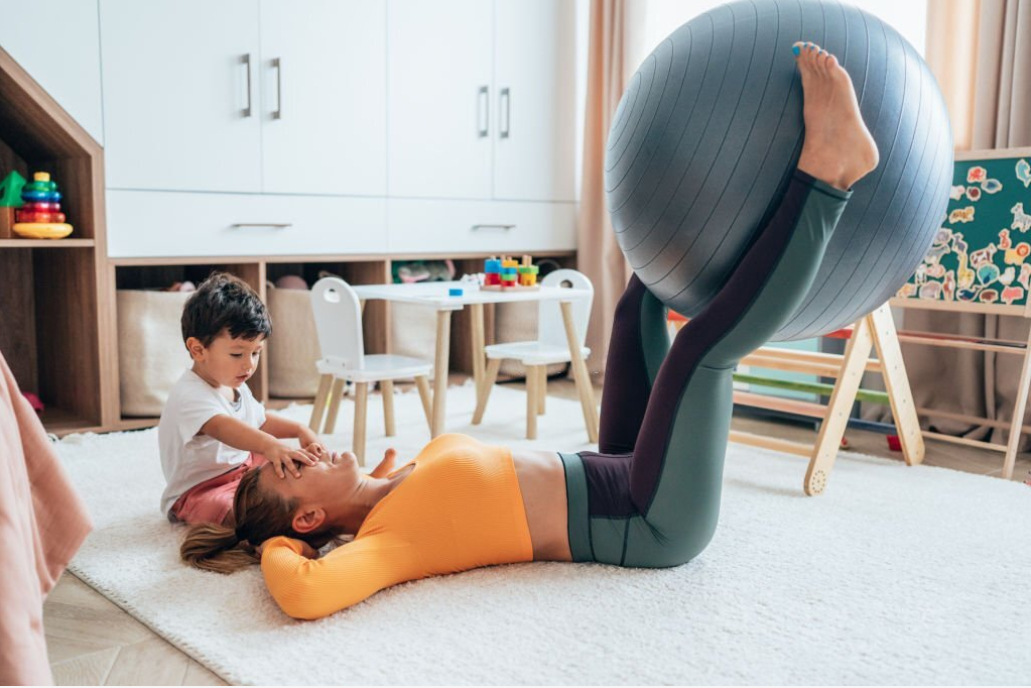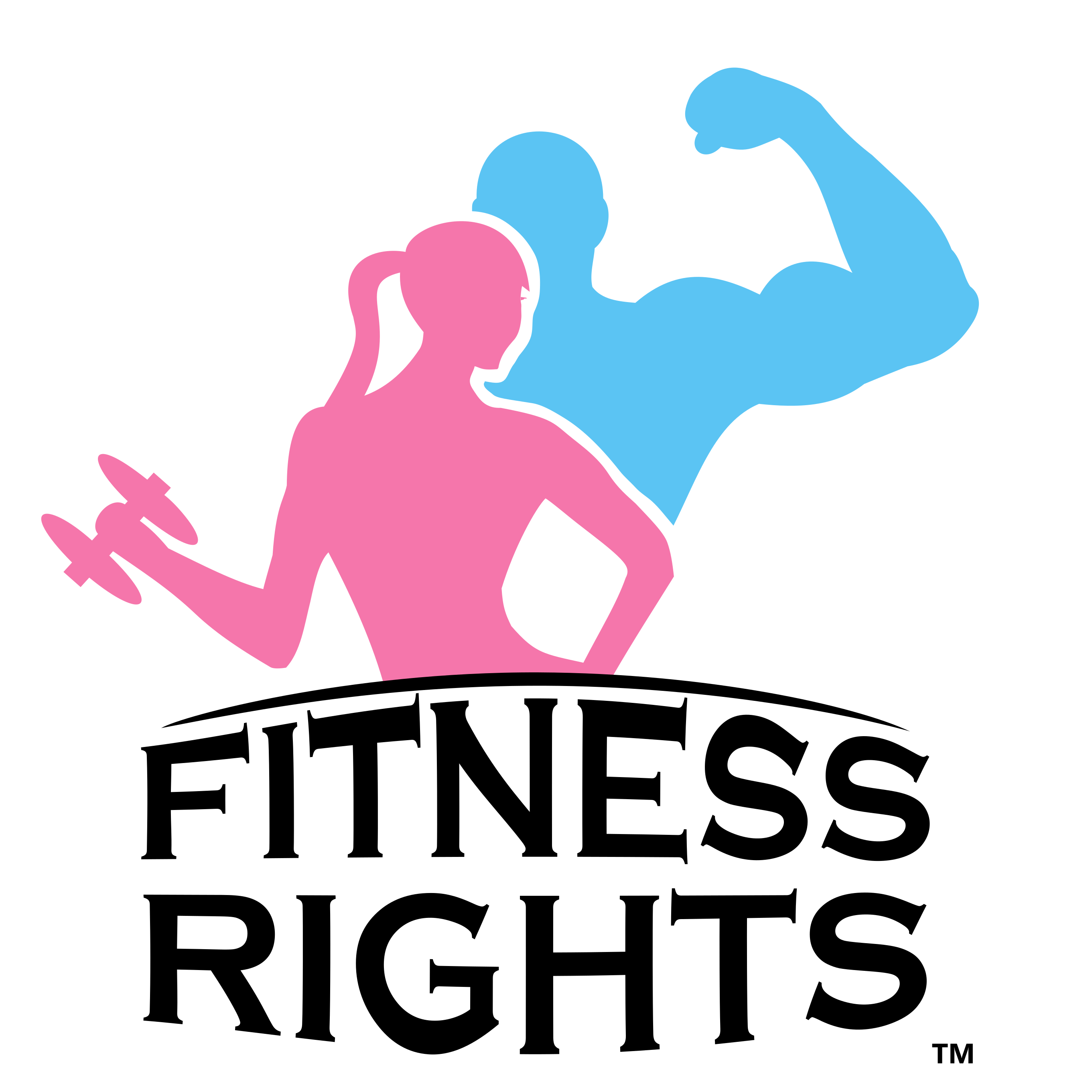Top 10 Effective Exercise Ball Exercises for Total Body Fitness

Exercise balls, also known as stability balls, Swiss balls, or balance balls, have been around for decades. Originating in Switzerland in the 1960s for rehabilitation purposes, they quickly found a home in gyms, yoga studios, and homes around the world. The reason? Those exercise ball exercises are excellent tools for building strength, flexibility, and balance!
Not only pilates ball exercises are affordable and versatile, but it also turns traditional exercises into full-body workouts. If you’ve ever walked into a gym and wondered how to use that giant rubber ball, or if you’re looking for new ways to incorporate it into your routine, you’ve come to the right place. Let’s delve into the world of exercise ball exercises!
Choosing the Right Ball for You
Before you begin, it’s vital to choose the right ball size. Typically:
– 4’11” to 5’4”: 55 cm ball
– 5’5” to 5’11”: 65 cm ball
– 6’0” to 6’7”: 75 cm ball
Ensure that your knees form a right angle when you are seated on the ball. A properly inflated ball is essential for effective workouts, so ensure it’s firm to the touch.
The exercise ball can be utilized in countless ways, targeting a range of muscle groups and improving various aspects of fitness. Here are some additional exercises to consider:
1. Ball Pass:
*Target Muscle Groups: Core, Shoulders, Hip Flexors*
– Lie flat on your back holding the ball with both hands above your head.
– Lift your legs and upper body at the same time, transferring the ball from your hands to your feet.
– Lower both your arms and legs, holding the ball between your feet. Afterward, repeat the process by transferring the ball back into your hands.
2. Pike on Ball:
*Target Muscle Groups: Core, Shoulders*
-Begin by assuming a plank position, placing your hands on the ground, and resting your feet atop the exercise ball.
– Using your core, pull the ball towards your hands by lifting your hips upwards, forming an inverted “V” with your body.
– Return to the plank position.
3. Exercise Ball Jackknife:
*Target Muscle Groups: Core, Shoulders*
– Begin in a plank position with your hands firmly on the ground and shins on the ball.
– Bend your knees and pull the exercise ball towards your chest.
– Extend legs to return to the starting position.
4. Ball Lunge:
*Target Muscle Groups: Quads, Hamstrings, Glutes*
– Place the ball behind you. Step forward with one foot.
– Rest the toes of your other foot on top of the ball.
– Bend both knees to lower into a lunge, making sure your front knee is aligned with your ankle.
– To return to the starting position, push through your front heel.
5. Exercise Ball Roll Out:
*Target Muscle Groups: Core, Lats*
– Kneel in front of the ball, placing your hands on its surface.
– Slowly roll the ball away from you, stretching your body into a straight position. Engage the core and avoid letting your hips drop.
– Roll the exercise ball back to its initial starting position.
6. Wall Squat with Ball:
*Target Muscle Groups: Quads, Hamstrings, Glutes, Core*
– Position yourself by standing with the exercise ball placed between your lower back and the wall.
– Position feet hip-width apart, a step forward from the wall.
– Lower into a squat, letting the ball roll up your back.
– To return to a standing position, exert pressure through your heels.
7. Seated Ball Tricep Extension:
*Target Muscle Groups: Triceps*
– Sit on the ball holding a dumbbell with both hands behind your head, elbows bent.
– Extend your arms, lifting the dumbbell.
– Gradually bend your elbows to return back to the starting position.
8. Ball Chest Fly:
*Target Muscle Groups: Chest, Shoulders*
– Lie on your back on the ball with the upper back and shoulders supported, feet flat on the floor.
– Hold a dumbbell in each hand, arms extended above your chest.
– With a slight bend in the elbows, open arms wide, then squeeze the chest to bring the weights back up.
9. Prone Ball Leg Curl:
*Target Muscle Groups: Hamstrings, Glutes*
– Lie face down with the ball under your hips and hands on the ground for support.
– Keep legs extended with toes resting on the floor.
– Curl your heels toward your glutes, lifting your knees off the ground.
– Extend legs back to the starting position.
10. Ball Bridge:
*Target Muscle Groups: Glutes, Core, Hamstrings*
The overall benefits of body ball exercise
The yoga ball stretches have numerous benefits. We explore here-
Core Strengthening: Using an exercising Swiss ball is a fantastic way to strengthen your core muscles. When you sit or perform exercises on the ball, it engages your abdominal and back muscles, helping to improve stability and posture. The pilates ball exercises for the core are significant health strengthens change that you deserve!
Improved Balance: The unstable surface of an exercise ball challenges your balance and proprioception. By sitting or performing exercises on the ball, you can enhance your balance skills over time.
Increased Flexibility: Many exercises performed on an exercise ball require a wide range of motion, which helps improve flexibility in various muscle groups. It’s like stretching while having fun!
Posture Correction: Sitting for long periods can lead to poor posture. However, using an exercise ball as a chair encourages proper spinal alignment by engaging back muscles and improving posture naturally.
Exercise ball exercises for abs
Another excellent benefit of the pilates ball exercise is to lose abs. This gym ball exercise for a flat stomach is an amazing way to get a flat belly!
Rehabilitation & Physical Therapy Aid: Stability ball upper body exercises are commonly used in rehabilitation settings as they provide low-impact support during recovery from injuries or surgeries. They help regain strength and mobility gradually.
Versatile Workout Tool: A bouncy ball exercise offers endless possibilities for workouts targeting different muscle groups. From core exercises like planks and crunches to full-body movements such as squats or push-ups, there’s no shortage of options.
Fun & Engaging Fitness Option: Let’s face it; traditional workouts can sometimes feel repetitive or boring. But with an exercise ball, fitness becomes more enjoyable! Its bouncy nature adds excitement and makes exercising feel less like a chore.
Remember to consult with a healthcare professional before starting any new exercise routine, especially if you have pre-existing medical conditions or concerns about safety.
In conclusion, incorporating an exercise ball into your fitness regimen offers a multitude of benefits. These include strengthening core muscles, improving balance and flexibility, correcting posture issues, and aiding in rehabilitation efforts. Moreover, using an exercise ball adds an element of fun to your workout routine. So why wait? Grab that colorful ball of joy and bounce toward better health!
